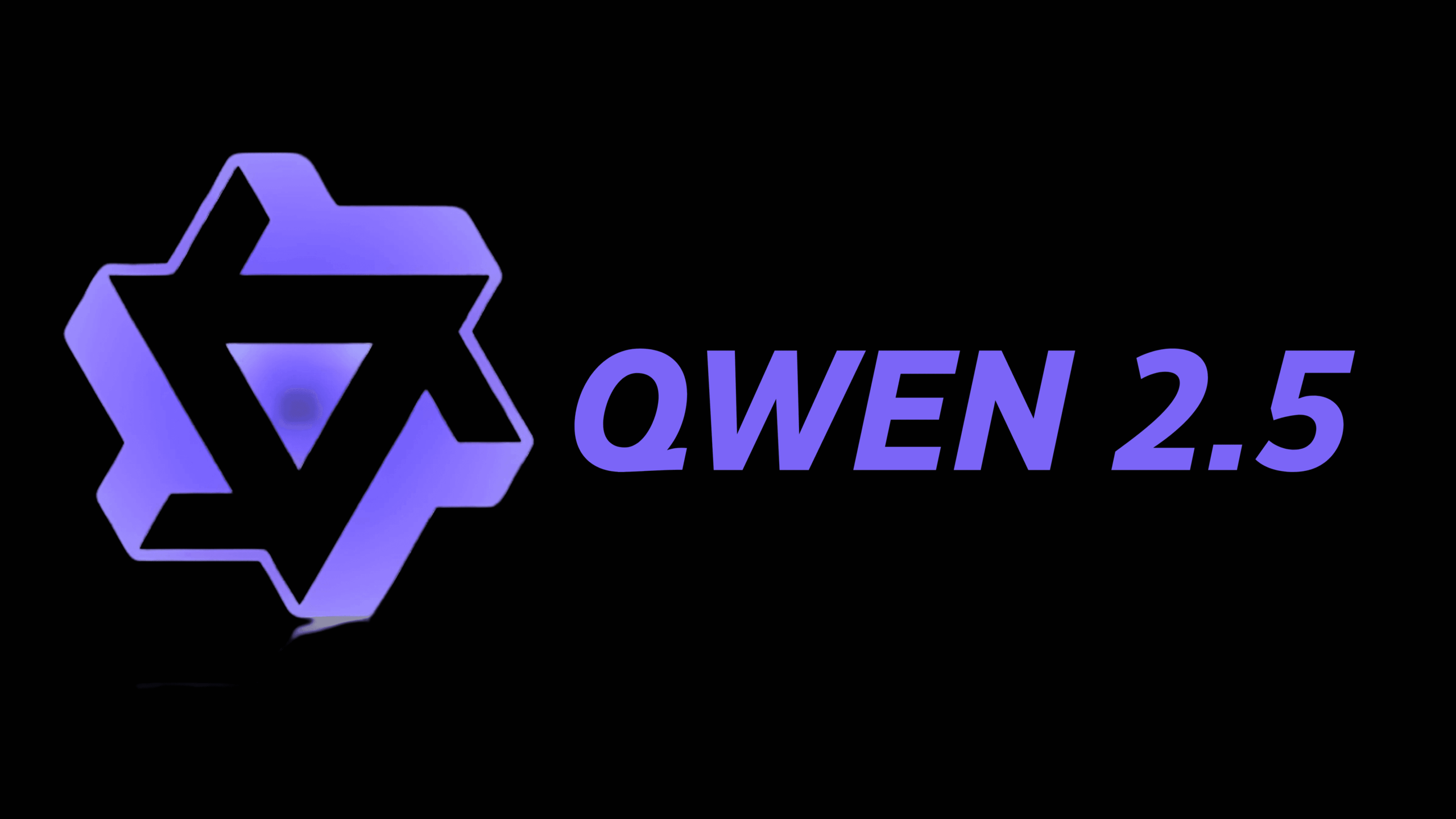Understanding Delta Live Tables: A Modern Solution for Data Processing

Table of Contents
In today’s data-driven world, organizations face increasing challenges in managing and processing vast amounts of information efficiently. As data volumes grow exponentially, traditional data processing methods often struggle to keep pace with modern demands. Databricks Delta Live Tables (DLT) emerges as a powerful solution to these challenges, offering a streamlined approach to building and managing data pipelines. This revolutionary framework is transforming how organizations handle their data processing needs, making it simpler, more reliable, and more efficient than ever before.
What Are Delta Live Tables?
Delta Live Tables represents a significant evolution in data processing technology, developed by Databricks to simplify the creation and management of data pipelines. At its core, DLT introduces a declarative approach to data processing, where users specify what they want to achieve rather than how to achieve it. This fundamental shift in methodology addresses many of the limitations and complexities associated with traditional ETL (Extract, Transform, Load) processes, making it easier for organizations to build and maintain robust data pipelines.
Key Features That Make DLT Stand Out
The power of Delta Live Tables lies in its innovative features that streamline data processing operations. The declarative programming model represents a paradigm shift in how data pipelines are built. Instead of writing complex procedural code that details every step of the process, DLT allows data engineers to define their desired end state. The system then automatically determines the best way to achieve these results, significantly reducing development time and potential errors. This approach makes pipelines more maintainable and easier to understand, especially as they grow in complexity.
Automated orchestration stands as another cornerstone of DLT’s capabilities. The system handles all aspects of pipeline management automatically, including:
- Intelligent dependency management between tasks
- Dynamic scheduling of operations based on resource availability
- Efficient cluster resource allocation and scaling
- Continuous pipeline health monitoring
- Automated failure response and recovery mechanisms
- Real-time performance optimization
Data quality management in DLT goes beyond traditional validation approaches. The system integrates quality control directly into the pipeline through:
- Comprehensive assertion capabilities for data validation
- Customizable quality rules and thresholds
- Real-time monitoring of data quality metrics
- Automated error detection and handling
- Detailed reporting and alerting mechanisms
- Historical quality tracking and trending
Real-World Benefits of Using Delta Live Tables
The practical benefits of implementing Delta Live Tables become evident in day-to-day operations. Development efficiency sees remarkable improvements as teams spend less time on boilerplate code and more time on value-adding tasks. The simplified debugging process and better team collaboration capabilities mean that organizations can deliver reliable data solutions faster than ever before.
Performance optimization in DLT operates on multiple levels. The system continuously monitors and adjusts resource allocation, ensuring optimal utilization of computing power. Smart caching strategies reduce redundant computations, while automated data compaction maintains efficient storage usage. These optimizations translate into tangible benefits: faster processing times, lower operational costs, and better resource utilization across the organization.
Data reliability remains a critical concern in any data processing system, and DLT addresses this through multiple mechanisms. ACID transaction support ensures data consistency, while built-in quality checks prevent the propagation of erroneous data. The system’s version control capabilities and comprehensive data lineage tracking provide transparency and accountability throughout the data lifecycle.
Practical Applications
Real-time analytics represents one of the most compelling use cases for Delta Live Tables. The system excels in scenarios requiring immediate data insights, making it invaluable for:
- Financial trading platforms requiring millisecond-level analysis
- Customer behavior tracking systems that power personalized experiences
- Supply chain monitoring solutions that prevent disruptions
- IoT networks processing millions of sensor readings
- Social media analytics platforms tracking sentiment in real-time
- E-commerce systems managing inventory and sales data
- Healthcare monitoring systems tracking patient data
- Transportation networks optimizing routes and logistics
- Historical data management becomes significantly more manageable with DLT. The system’s sophisticated handling of historical data includes complete support for Slowly Changing Dimensions (SCD), enabling organizations to track changes over time accurately. Version control capabilities allow teams to access previous states of data when needed, while automated archiving ensures efficient storage utilization without sacrificing data accessibility.
Future Outlook
The future of Delta Live Tables looks promising as data processing needs continue to evolve. The technology is well-positioned to address emerging challenges in data engineering, with ongoing development focusing on enhanced automation capabilities, improved performance optimization, and advanced monitoring tools. As organizations deal with increasingly complex data requirements, DLT’s unified approach to batch and streaming processing becomes even more valuable.
Conclusion
Delta Live Tables represents a significant leap forward in data processing technology, offering a powerful combination of declarative programming, automated orchestration, and robust data quality management. Its ability to simplify complex data pipelines while maintaining high performance and reliability makes it an invaluable tool for modern data engineering teams. As organizations continue to navigate the challenges of increasing data volumes and complexity, DLT provides a scalable, reliable, and efficient solution that will only become more essential in the years to come. The system’s emphasis on automation, quality control, and unified processing makes it particularly well-suited for organizations looking to modernize their data infrastructure and maintain a competitive edge in an increasingly data-driven world.





